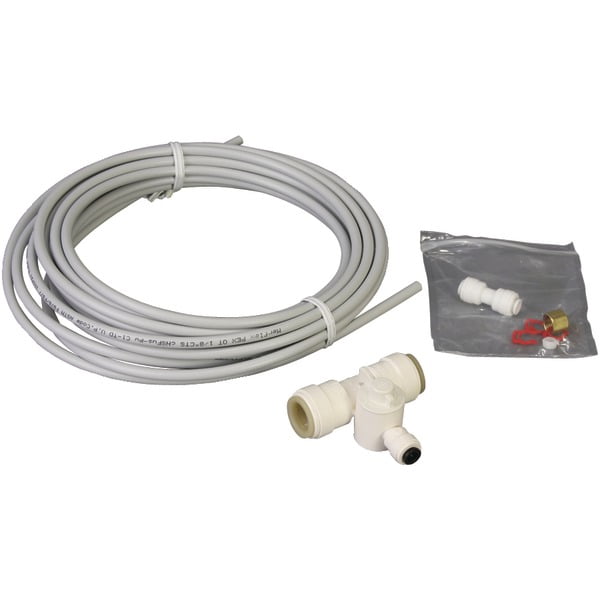


Place the first mortar base layer, sloped from walls and curb to drain base.Cover shower subfloor with asphalt saturated felt (tar paper).Install the shower drain assembly through shower subfloor.

Add wall blocking to create shower pan “box”.Frame the shower walls, install subfloor and shower curb.How Do You Build a Mortar Shower Pan? Its All About the Layers…Ī hand made shower pan is built in layers around a shower drain assembly. But, hand-made mortar shower pans do require a bit of patience and work. Packaged systems (Kerdi, others) get expensive and complicated without offering compelling advantages over hand made shower pans. While off-the-shelf pre-made shower pans offer speed and ease of installation, they often lack the rigidity, strength and flexibility of a hand-poured mortar pan. Hand-built mortar shower pans are inexpensive, long-lasting and, if done right, reliable and leak-free for decades.ĪLSO READ : How To Install Radiant Electric In-Floor Heat So Why Build a Traditional Mortar Shower Pan?Īlthough there are many ready-made shower pan systems available, it’s hard to beat a traditional hand-made mortar shower pan. Because of this, some water will find it’s way through the shower floor and if this passed water is not stopped, will result in a leaky shower. Mortar is water resistant but readily water permeable. While the sloped surface of a typical shower pan handles a majority of shower wastewater, proper functioning of the water-proof middle barrier or shower liner (#2 above), is crucial for a properly functioning, dry, mold-free, leak-proof shower build. To redirect any water that has passed through the shower floor and contained by the water-proof shower liner, back into the side weep holes of the shower drain.To quickly direct shower wastewater into the shower drain by way of a sloped-to-the-drain surface.The Shower Pan Serves Two Primary Functions This middle layer serves the special purpose of redirecting any shower wastewater that has passed through the surface of the shower floor back into the drain. A shower pan is traditionally constructed in two layers with an embedded water-proof membrane or layer in the middle. The finished shower pan forms the slight-sloped floor of the shower and is often finished with a tile surface.


 0 kommentar(er)
0 kommentar(er)
